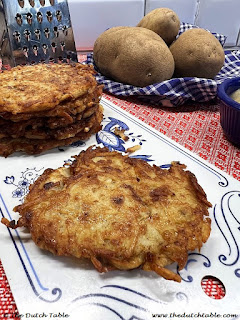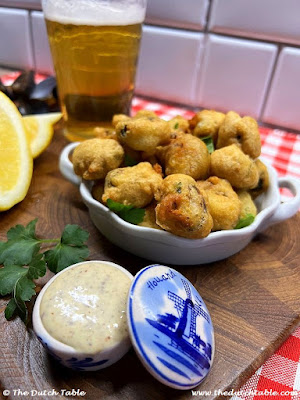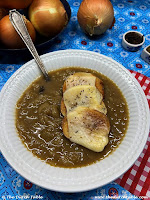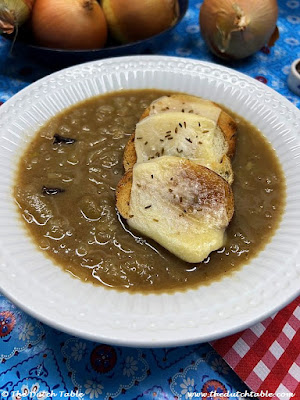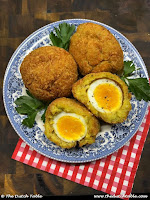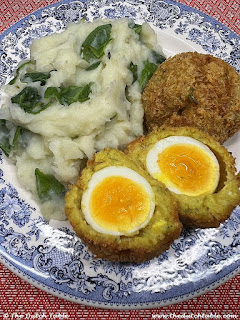And if you're skipping brunch or have friends and family over for coffee or tea later, you can also serve something sweet: a Paastaart, or Easter cake, a variation on our traditional slagroomtaart, whipped cream cake. Decorated with fluffy whipped cream, a light biscuit batter and an adult amount of advocaat, this Easter cake will put a smile on your face.
Paasstol
1/2 stick (50 grams) butter, melted
2 tablespoons butter, melted (25 grams)
1/2 cup (50 grams) slivered almonds
Soak the raisins and the dried fruits in the warm orange juice for a good fifteen minutes, then drain. Spread them out in a colander or baking sheet so that they can air-dry while you continue with the recipe.
Let the dough rest at room temperature, covered, for thirty minutes. Give those dried fruits a quick squeeze to drain some superfluous liquid. Punch the air out of the dough, and pat it flat on the counter, spread the dried fruits over the top, and carefully knead the dough back together into a ball, either by hand or in your bread mixer, but be careful that you don't tear up the fruit! You'll probably have more dried fruit than you think will ever fit, but keep kneading and pushing them back in the dough (they tend to escape). Knead the dough carefully until the fruits are well distributed. Grease a bowl, place the dough inside, cover, and rest for an hour at room temperature or until the dough has doubled in size. Don't skip this step as the stol will be very thick and heavy if you do.
Gently deflate the dough and pat into an oval. Place the oval with the short end
 toward you and make an indentation along the length of the dough, in the middle. Now roll the almond paste on the counter until it forms a roll almost as long as the dough. Lay the almond roll in the indentation and lift the left side of the dough over the paste. Make sure that the dough does not meet the bottom half all the way on the right: a significant shape of the stol is the bottom "pouting" lip of the bread. Gently press the edge of the top half into the dough at the bottom.
toward you and make an indentation along the length of the dough, in the middle. Now roll the almond paste on the counter until it forms a roll almost as long as the dough. Lay the almond roll in the indentation and lift the left side of the dough over the paste. Make sure that the dough does not meet the bottom half all the way on the right: a significant shape of the stol is the bottom "pouting" lip of the bread. Gently press the edge of the top half into the dough at the bottom.Rest the dough on a lightly greased baking sheet or a silicone mat. Cover it, and let it proof for about 30 minutes or until ready to bake: the dough should barely spring back if you poke it with your finger. In the meantime, preheat your oven to 350F/175C. Bake the bread for 35 - 40 minutes on the middle rack. If the bread is browning too fast, cover it with a piece of aluminum foil. Use a digital thermometer to determine if the bread is done: the temperature should be 190F/88C and rising.
Tip: If you have any paasstol left over the next day, toast a slice until nice and golden. Whip the almond paste out with the tip of your knife and spread it on the warm slice of bread. Yummm!!!!!!!!!










